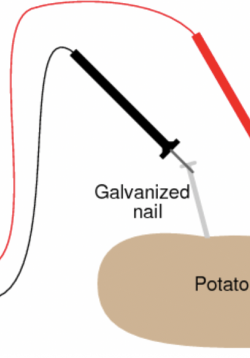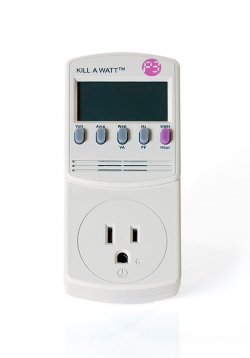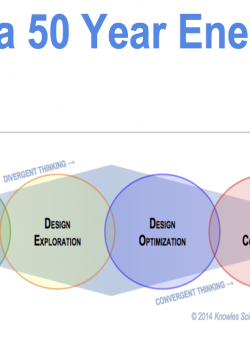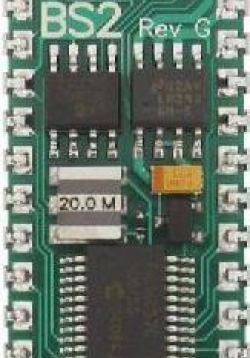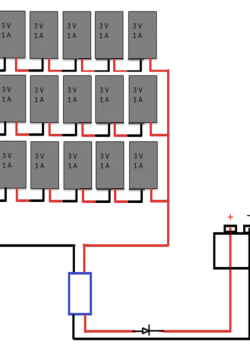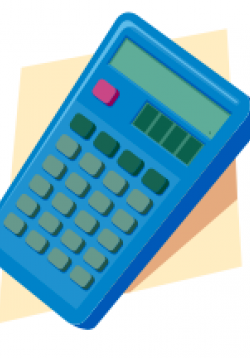Part 1 - Lesson 2: What is electricity and how do we use it?
During this lesson students will learn about how electricity originates at an atomic level and that electricity moves through conductors and can be directed using circuits. Students will used guided reading techniques to explore informational texts and...


